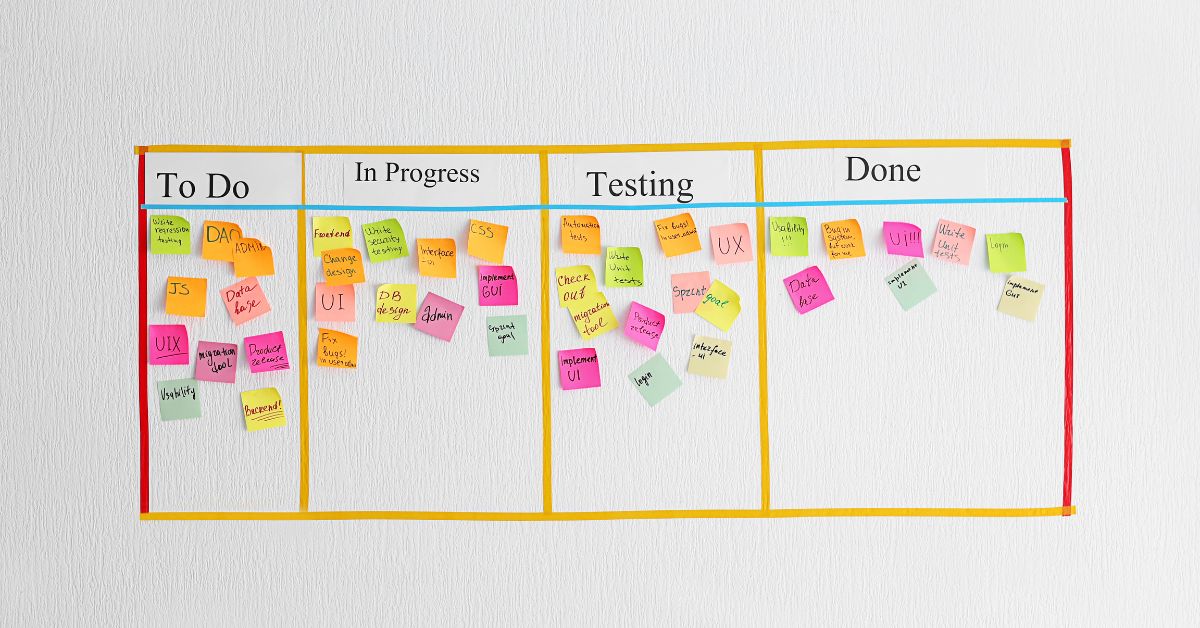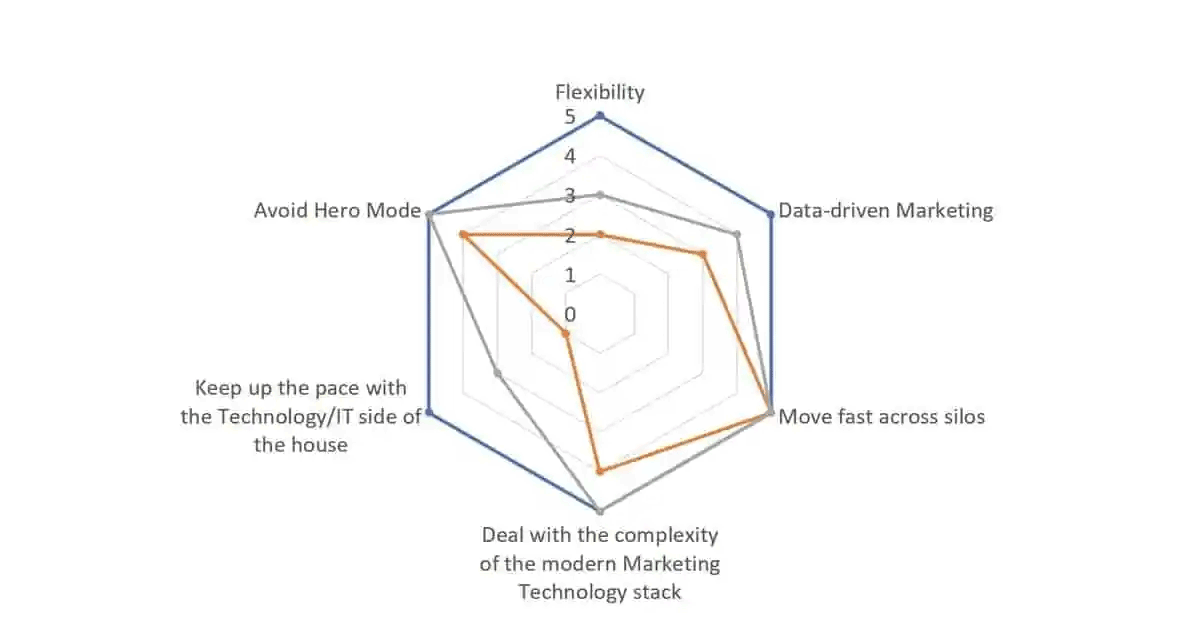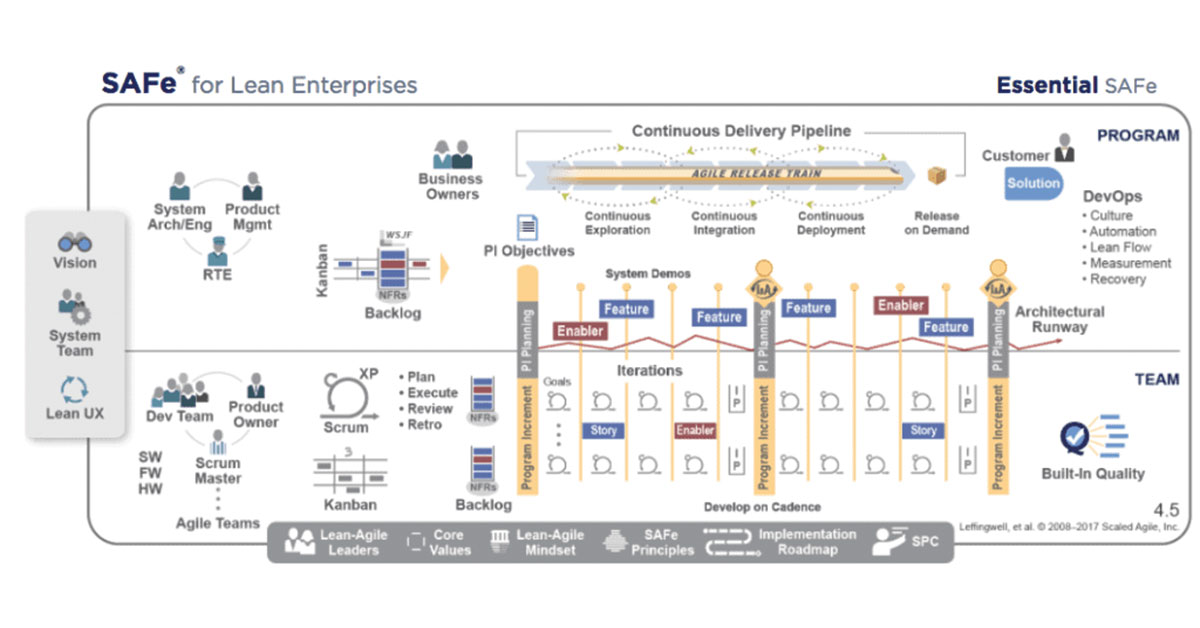
Getting Real About Your Values – The Values Retrospective
Bringing values down to earth
Values and principles can often seem lofty and intangible so many agile practitioners prefer to focus on tools and practices. That’s understandable but unfortunate. Because values and principles have the potential to provide us with clarity and guidance that transcends what practices and frameworks can achieve. Ideally – part of your empiric inspection and adaptation process should explore whether you are living according to your values/principles. To achieve that you can try a value-based retrospective.








